We all know drift fishing is a powerful technique for catching all kinds of river fish, including steelhead. What if told you there is a way to make drift fishing even better – cover more water, and keep your gear in the “zone” longer? Well that is side drifting.
This boat based fishing technique is quite popular with fishing guides and recreational fishermen because it flat out puts fish in the boat. It doesn’t require much in special gear or lures – other than a boat, of course. The execution is simple – an experienced hand on the helm and a decently placed cast puts one well on the path to hooking up with a fish.
There are several different stories about how side drifting got started. Some people say it started in California when targeting trout. Other stories are that lumbermen started doing it, while doing some salmon fishing while drifting rafts of logs downstream to the mill.
Regardless of how it got started it currently goes by several different names like bobberdogging, boondogging, free drifting. The different names indicate slight variations on how exactly the fishing is done, but they all have the same basic approach – which is to drift fish from a moving boat. In this article, we will focus on the “standard” side drifting technique.
Roughly speaking side drifting consists of a few anglers in a boat. The boat is positioned at the head of an area that one wants to fish.
Gearing Up
While the fish don’t care about the exact gear you use to fish with, you will find that using the right gear will be easier, more enjoyable and ultimately help you catch more fish.
Rod and Reel
One of the things I like about side drifting is it is best done with lighter gear. To achieve the correct drift, minimal weight is used. In order to cast that weight effectively one needs a long light-action rod.
There is also a theory that a slower action rod allows the fish to hold onto the lure longer before feeling any pressure.
Most side drifting veterans believe that the G Loomis 1141, from the classic line, is the best side drifting rod. However, the newer model is the IMX 1161-2S and is a great rod.
For those of us on a budget the Lamiglas LX 96LS X-11 is perfectly serviceable.
For reel my preference is a Pflueger President spinning reel. I feel this is one of the best spinning reels in its price range. If you want a Cadillac reel, then check out the Shimano Stadic.
Whatever the rod and reel, you should spool it up with 10 pound high visibility mono line. Izorline is a popular one with fishing guides. However, I always say you can’t go wrong Maxima.
Terminal Tackle
Next we consider the terminal tackle. Like a lot of fishing lures, the variations are almost endless. I’m going to focus on two specific setups – yarnies and roe. These are popular rigs which account for most steelhead caught side drifting.
Yarnie Rig
Yarnies are also called yarn ball or glo balls. They are very popular with guides as they are cheap and easy to build, can hold a variety of scents, can be in a range of colors, and of course are effective.
There are many ways to make a yarnie rig. Some people like making the yarn balls separate from the hook, others build them together. Here is the way I do it, which is all together.
- 8 pound maxima ultragreen
- A size 4 octopus hook
- Yarn in the desired colors
- Red, orange and pink are all round good colors, but feel free to experiment with others.
It also helps to have sharp scissors. I find fly tying scissors work well.
The steps to build the rig are:
- Cut your leader to length. It should be a few inches longer than you want to finish at. Typically, this is around 4 or 5 feet long.
- Using an egg-loop knot, tie the hook onto the end.
- Now take about an inch of yarn. This could be a single color, or a mix of colors. If doing a mix then you may want to remove some yarn material so it isn’t as thick. You can do different proportions too.
- Insert the yarn into the egg loop, and center it.
- Fold the yarn in half, away from the hook. Hold this in place with your thumb and forefinger. Position your thumb to cover how much material you want to end up with.
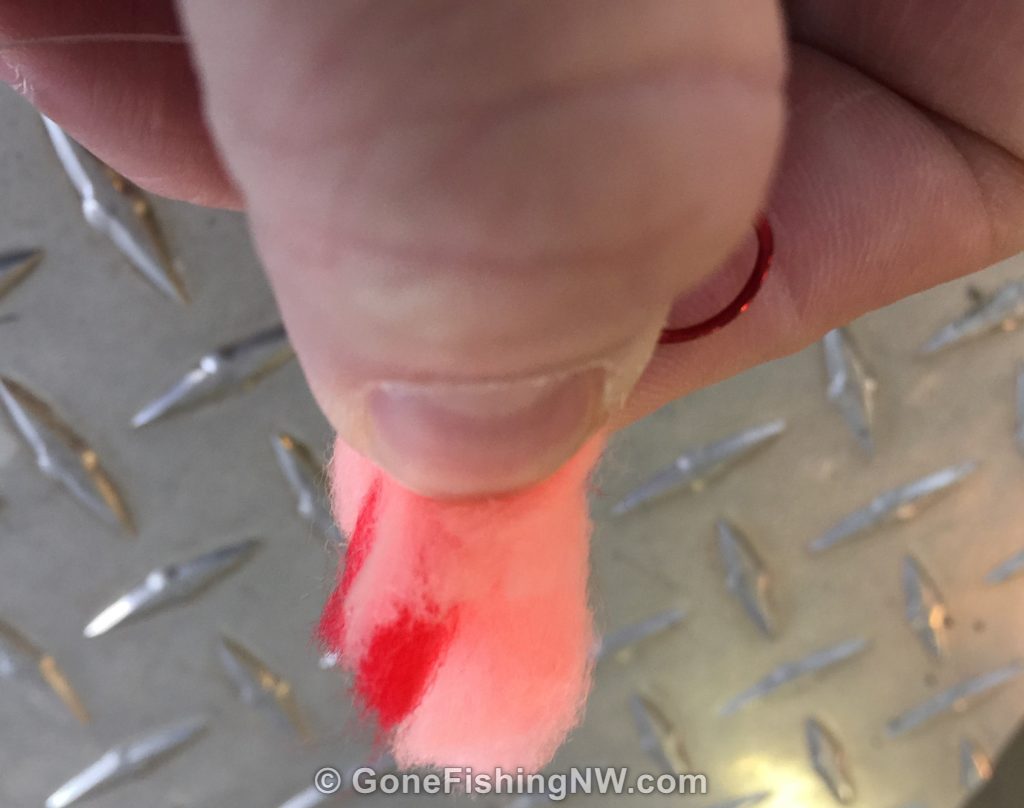 Using the curve of your thumb as a guide, cut the yarn into a semi-circle
Using the curve of your thumb as a guide, cut the yarn into a semi-circle- Release the yarn and fluff it out
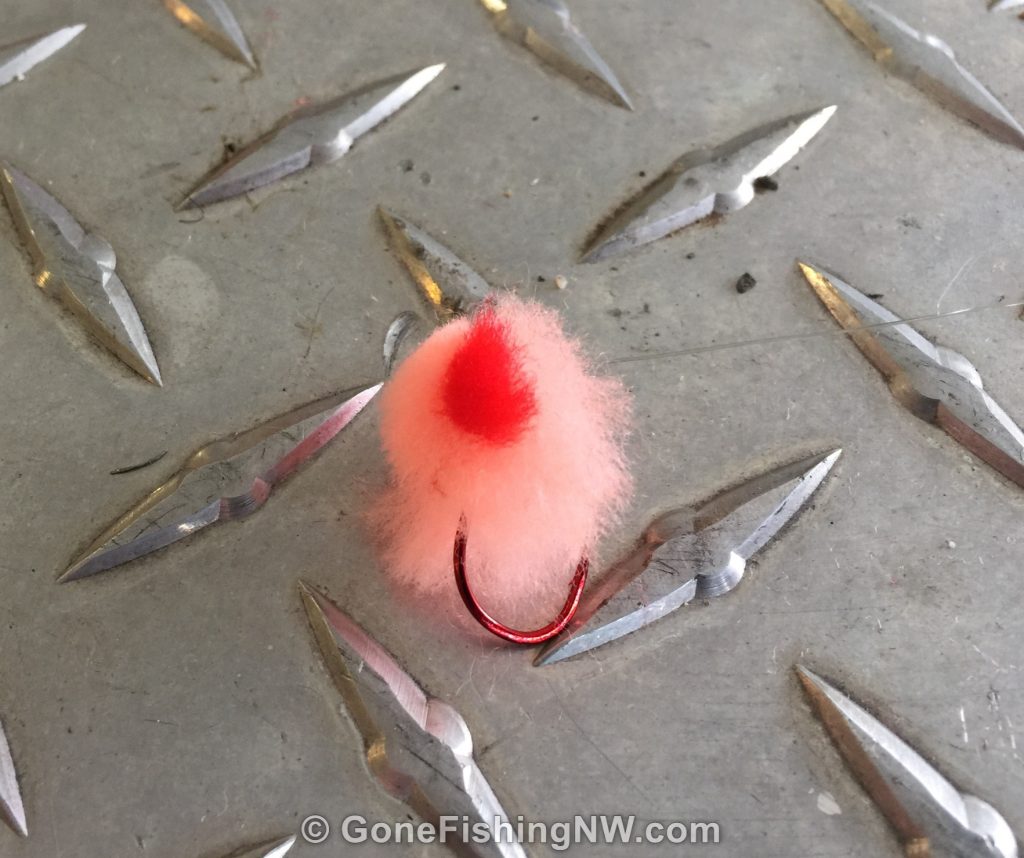
Most people tie up a bunch at home and put them on your leader storage. Large pipe insulation tubes are popular; however, I like using pool noodles as they have a larger diameter.
Roe Rig
To make a roe rig you will need:
- 8 pound maxima ultragreen
- Two size 4 octopus hooks
- A small cheater or corkie drift bobber
- The rule of thumb for size and color is that the corkie should be about the same size as the gap in the hook. The color should be something that goes well with the roe, such as some variant of red, pink or orange.
- And of course, some roe
The steps to build the rig are:
- Cut your leader to length. It should be a few inches longer than you want to finish at. Typically, this is around 4 or 5 feet long.
- Using an egg-loop knot, tie the first hook onto the end. We will call this the bottom hook.
- Slide on your drift bobber
- Then about 1 inch up the line from the first hook, tie on the second hook – also using the egg loop knot. This is the top hook.
Like with the yarnies, most people tie a bunch up at home and put them on some form of leader storage.
When you are on the water and ready to fish, cut a dime sized piece of roe. Attach it to the top hook using both the hook and the egg loop knot.
Weights
Regardless of which rig you use, you will need a bit of weight to cast it and to keep it close to bottom where the fish are. There are many choices of drift weights, but you’ll find most guides use pencil lead weight. It is cheap and easy to assemble in a variety of lengths.
Pencil lead weight comes in a coil. There are a few different diameters. I typically use 3/16 diameter for most of my fishing.
To make a weight to fish with:
- Straighten out a length of coil, and cut to desired length
- Flatten one end
- Punch a hole in the flat end
That is all there is to it. The hole allows you to attach it to your line via a snap.
While on the water I like using this multi-tool which can cut, flatten and punch a hole. However, if I’m making a bunch at home I prefer using lineman’s pliers to do the cut and flatten. There is also specialty hole punching tools. I find the specialty tools for the cut, flatten and punch tend to be easier to use than the multi-tool. They are also nice if you have others helping, and can get an assembly line going on.
The amount of weight to use will vary based on river flow and depth. So, you will need to come prepared with a variety of lengths. Personally, I have a little box labeled with different lengths. Then on the water I can grab the desired length and attach it to my line. There is a sweet spot around 1 inch, where my weights differ by 1/4 of an inch. Lesser used sizes differ by 1/2 an inch.
When fishing, you want just enough weight to feel the gear tap bottom about every 3 to 5 seconds.
Rigging It All Up
Finally, we have all the various pieces and we can rig it all together.
- Start by taking your mainline and tying on a size 7 snap swivel.
- On the other end of the swivel (not the snap) tie on the end of your leader
- Select the desired weight, and thread it onto the snap
- Add scent/bait to the hook/yarn
You are now ready to fish.
Controlling The Boat
Arguably the most important part of side drifting is in the boat control. Sloppy boat control will result in no one being able to effectively fish.
It is harder than you may think, as structure will cause water to push to the side occasionally, as well as – of course – bends in the river and such.
Until you get experience controlling the boat during the drift, it is best to focus on boat control while your buddies are fishing. Once you feel like you have boat control down, then add in fishing while working the tiller.
In simple terms, you keep the boat pointed up stream, with the kicker motor running. The kicker is normally in forward gear, but with minimal throttle.
The correct speed to run the motor will vary. This is where the high visibility lines really pay off, as the angle of the lines will tell you if you are running too fast or too slow. A perfect drift has the boat moving just slightly faster than the gear. This will cause the angle of the line to slowly increase it’s upstream angle.
If the line angles upstream quickly, then the boat is moving downstream too fast and you need to slow it down by increasing the throttle.
If the line angle is unchanging, or moving downstream, then the boat is drifting too slow. You need to speed it up either by taking it out of gear, or even putting it in reverse for a little while.
It is also very important to keep the boat the same distance from shore. Moving side to side will either pull the gear out of position, or introduce slack in the line – both of which are bad.
As helmsman, you can do this by keeping an eye downstream and see what is coming. If there is structure which will cause the boat to push to one side, then right before you get there take steps to angle the boat so it will with the side current it will continue to drift straight downstream. This gets easier as you learn a river and do the same drift repeatedly.
One thing you should never do is get close enough to shore that the boat is passing over the fish. This will spook them and put them off the bite.
At the end of the drift you may choose to run back up river and do it again, or drift a different section of the river.
Doing the Drift
For those with rods in their hands, first make sure you are ready to go – that means your rod is all setup, with rig and weight attached, bait and/or scent added.
When the helmsman gives the signal, line up along the side of the boat all facing towards the shoreline you will be fishing. Taking turns cast towards the shore, roughly 45-degree angle upstream. Usually you want to get it very close to the shoreline, but occasionally may aim at a current seam, near structure or other places where fish usually hang out.
Once the gear hits the water, close the bail on the reel and quickly take up any slack in the line. Slack can cause the weight to settle down and get snagged.
You’ll occasionally feel small taps on the line, as the weight bumps into rocks and such. This should happen once every 3 to 5 seconds in typical steelhead water of baseball sized rocks. If you don’t feel bottom, then you may not have enough weight. If you feel bottom a lot, then you may have too much weight.
Keep your body and rod oriented in the direction of the line. You should hold the rod up about 60 degrees (or 10 o’clock if you prefer). That will let you see the tip of the rod to detect bites.
If your line gets out of position – either too far upstream or downstream, then reel back in and recast.
Detecting the Bite
For many people, it is hard to tell the difference between a bite and a snag, I suggest treating everything as a fish until you get enough experience to tell the difference.
It is rare to have a real solid strike when side drifting. Most bites are gentle and subtle things. Think of it as the fish lazily allowing the hook to drift into its mouth and then holding it, rather than the fish aggressively going after the lure.
The bite is often seen more than felt. When a fish bites (or the gear snags up), the lure stops moving – but the boat continues to drift downstream. This will cause the end of your rod to start bending and load up. Therefore, it is important to hold the rod up at a 10 o’clock position and keep an eye on the end of the rod.
If you are experienced, you can often tell it is a fish very soon by there being a slight “pulse” in the pull of the line. Some people describe it as the fish chewing on your gear, however I believe it is the movement of the tail fin going back and forth as the fish stays in position against the current.
Regardless if you think it is a fish or a snag, you want to then lift the rod quickly and set the hook. If you feel something tugging back, then it is a fish. If the gear comes free, or stays in a fixed position then it is a snag.
Dealing With Snags
With this method of fishing you will snag up. It is a fact of life, which is why you show up for a day of fishing with lots of leaders pre-tied.
When your gear snags up underwater, the thing to do is to point the rod directly at the snag. This will prevent the rod from bending and possibly breaking. Then grab the spool with one hand to keep it from spinning. As the boat moves downstream the line will get tighter and eventually something will snap.
Reel it back in and see what you got left. Sometimes the mainline will break, other times the lure will just pull free – and you’ll see everything in between. Tie up whatever is missing or damaged and get back into the water.
Occasionally your cast may have been a bit off, and wind up in the tree. Treat this like any other snag with one exception. That tight mono asks like a spring, so when the lure pulls free or leader breaks everything will snap back quickly. It would really ruin your day to get smacked in the face with a piece of lead or hook snapping back like that. So when dealing with an above water snag, tell everyone to turn around until the snag pops free.
Fighting the Fish
If you have been lucky and hooked a fish, then you need to fight it in. This is a cooperative effort for the whole boat.
Everyone else should reel in as fast as they can, so the fish will not get tangled in their lines. Put the rod someplace out of the way, and make sure nothing in dangling in the water. The helmsman usually takes the motor out of gear, to avoid the prop from catching the line.
If you are fighting the fish the most important thing is to keep the line tight. This will keep the hook in, and the continual pressure will wear out the fish. The fish may do a couple runs, pulling out line. That is perfectly fine.
You may need to follow the fish around the boat as it fights. If the fish goes under the boat, put the end of the rod under the water, to prevent the line from rubbing on the boat.
Eventually the fish will be tired enough that your buddy will be able to net it.
Sidedrift Like A Pro
The pros have a few tricks which help them stack fish in the boat while others are struggling. Several of these tricks revolve around that the more your gear is in the “zone” the more fish you will catch.
Prepared Leaders and Weights
The first is to have all your leaders and weights all rigged up before you leave home. If you are planning on a full day fishing you want a couple full leader tubes per person. Your weights should all be cut and hole punched, and organized somehow. Extra snaps should be ready.
Then as your setups break off during the day you have everything right on hand to quickly rig back up.
Extra Rigged Rods
Top guides and pros have a couple extra rods in the boat all rigged up and ready to fish. This allows you to get back in the water quickly after a break off – especially in the middle of those best spots.
You can tie all your rods back up when fishing less productive water, or running back up river.
Variety of Terminal Tackle
Fish can sometimes be finicky. So even if they usually hit on a given bait, scent or color, it can pay to come prepared with some backups.
If fishing roe, have some yarnies as backup. Have different colors of yarnies tied up. Bring 2 or 3 different scents. You get the idea.
Of course, that different gear doesn’t do any good unless you use it. So, if whatever you are using doesn’t work switch it up. If something starts working, then double down on it and convert other rods to use something similar.
Watch For Patterns
Lastly one of the most important things, which is to pay attention and look for patterns. For example, if red yarnies are getting bit, but orange isn’t then pay attention to that and change everything to red colors.
If a certain area is producing fish, then concentrate your fishing in that area until the fish stop biting.
If fishing an area over multiple days you might spot patterns of times of day the fish tend to bite more. Then you know when to take a break and when not to.
Over time you may spot other patterns, say related to water flow. The best way to spot these patterns and remember them is to keep a fishing log.
Conclusion
Side drifting is a fun and very productive way to catch steelhead. It takes some preparation and practice, but once mastered allows you to keep your gear in the “zone” longer than most way of fishing – and that translates to more fish to the boat.
Have you tried side drifting? How did you like it? Anything you do differently?

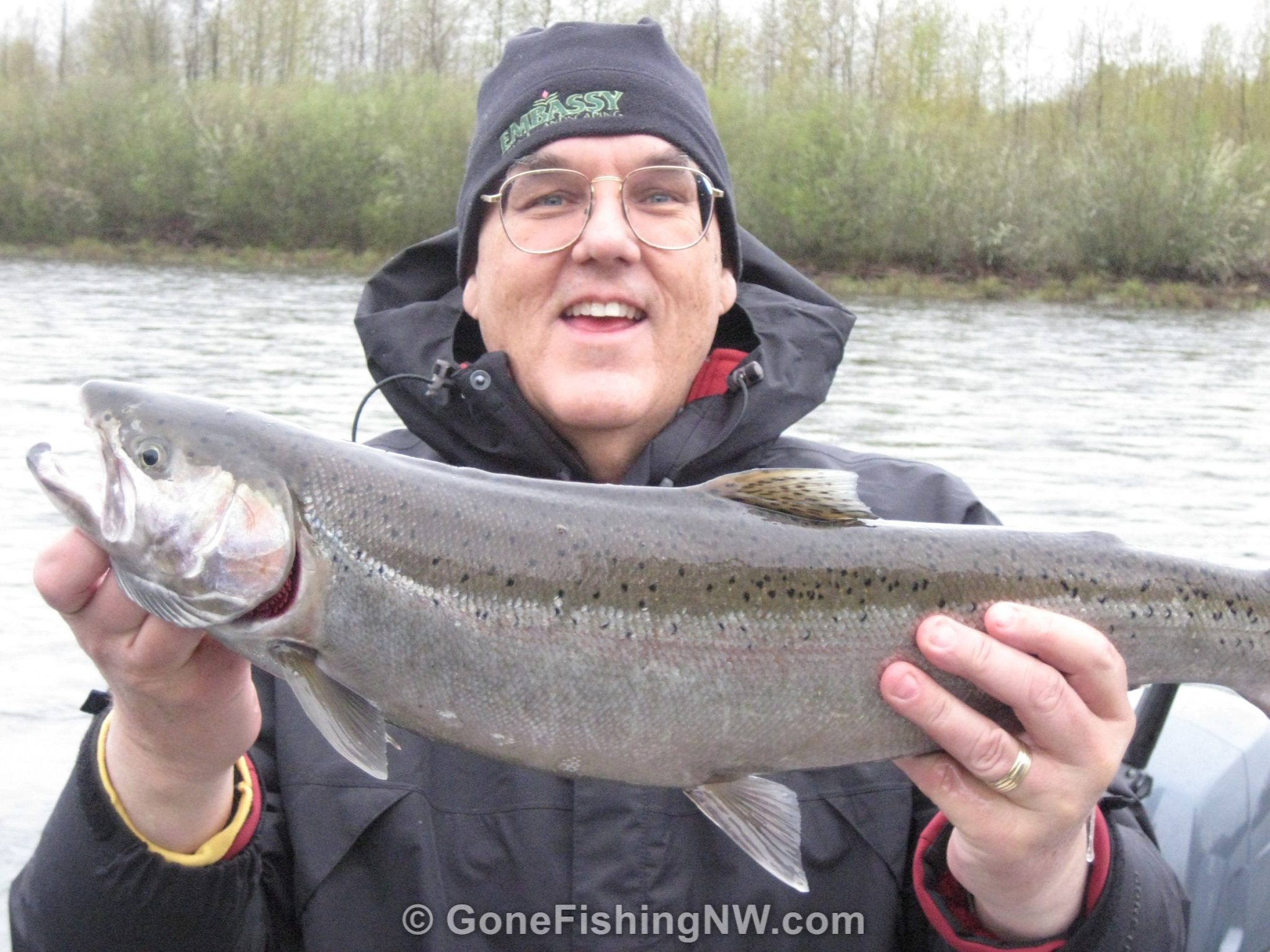
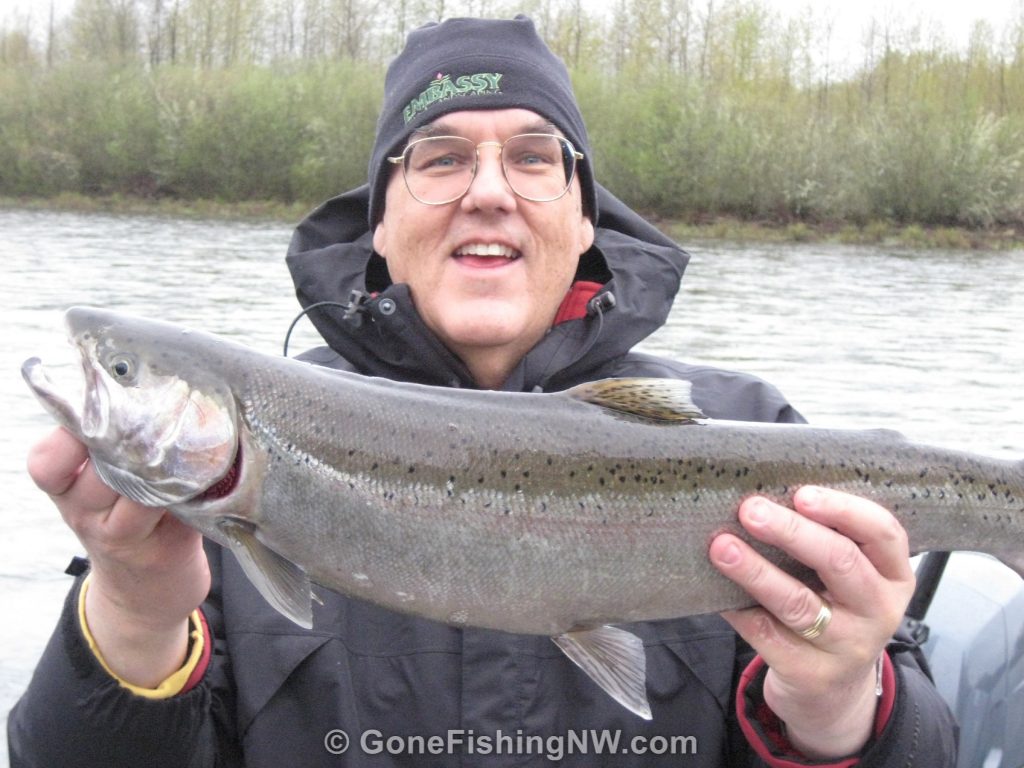
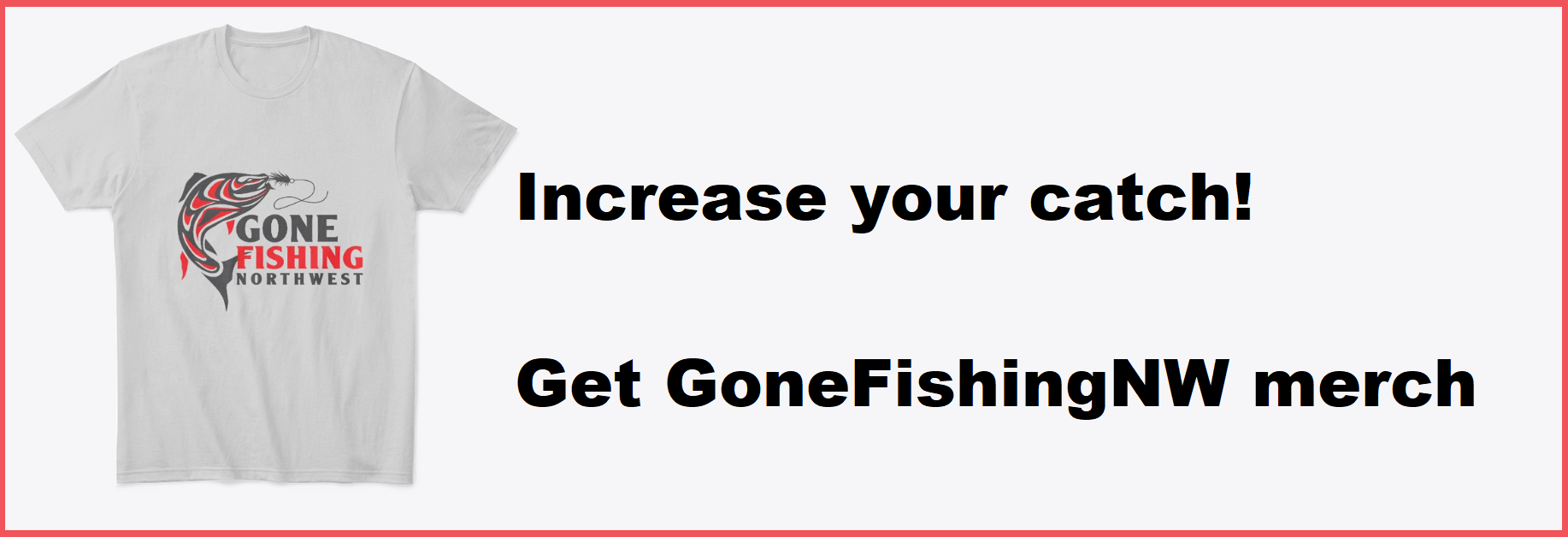
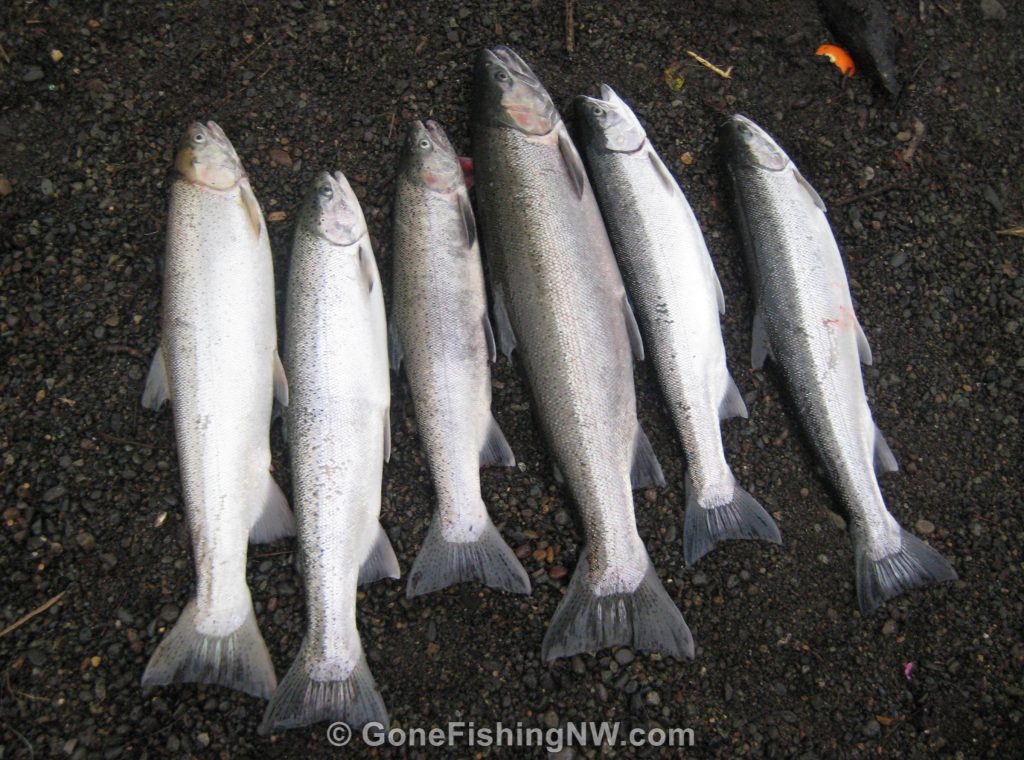
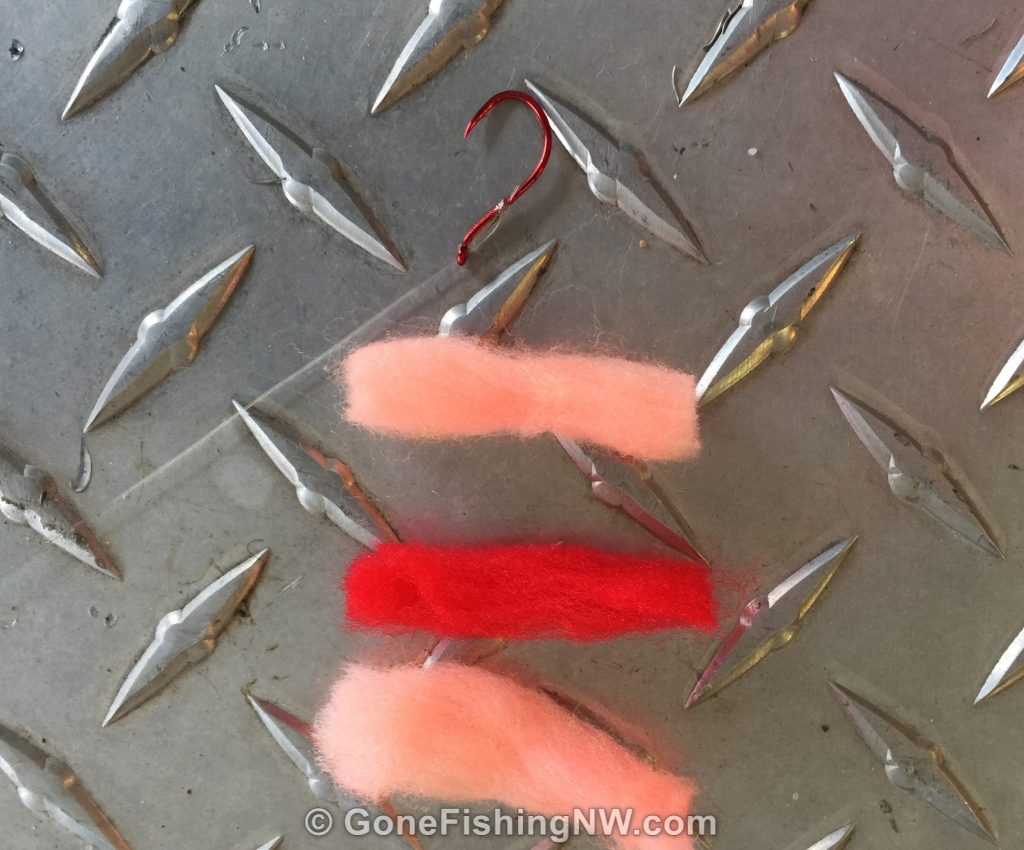
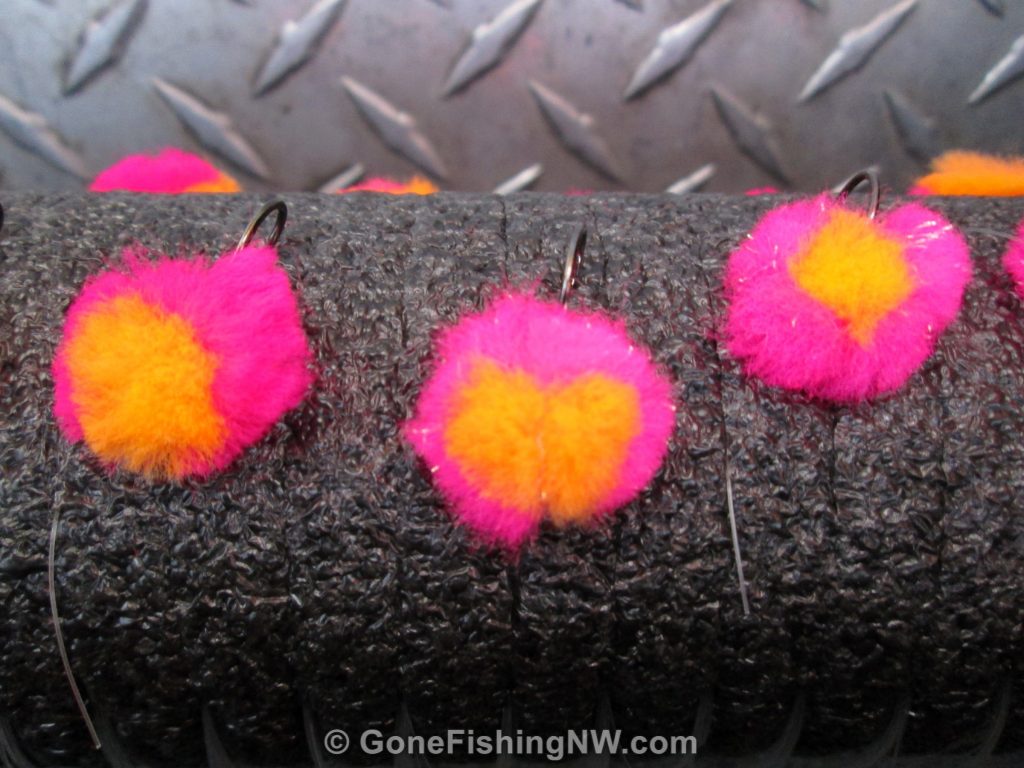
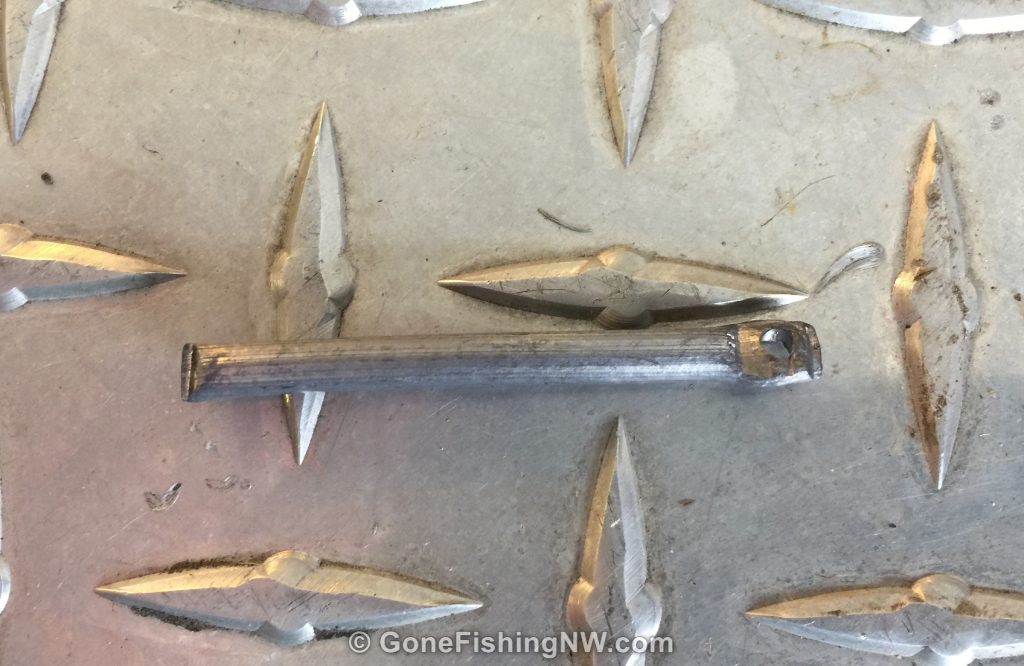
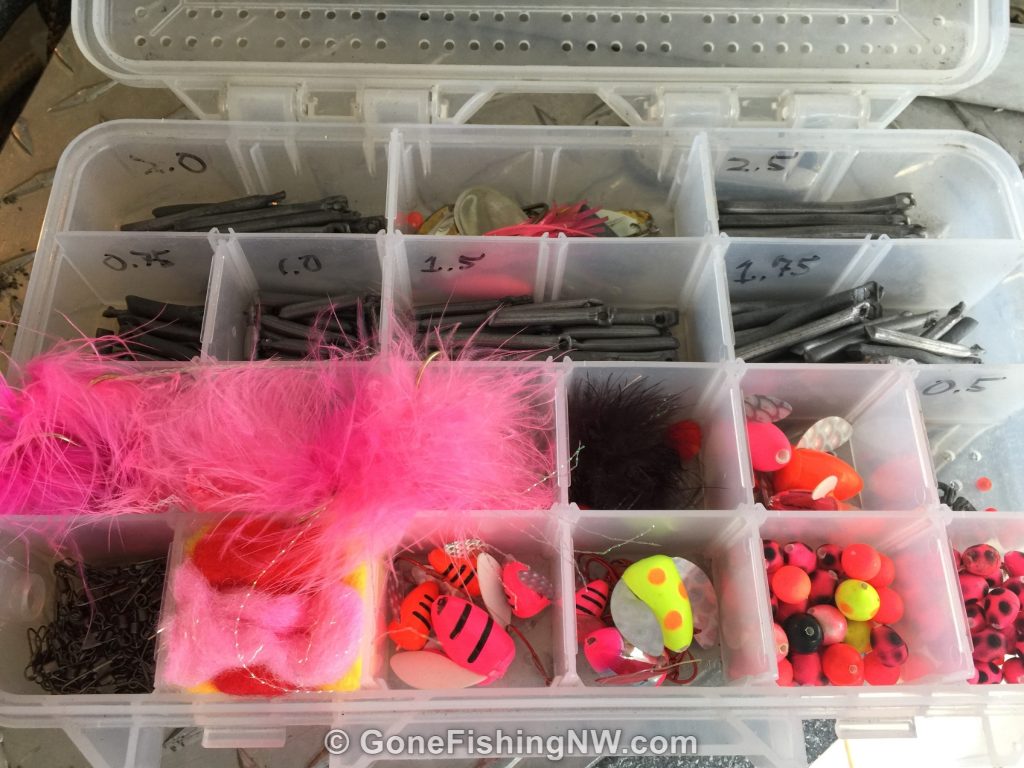
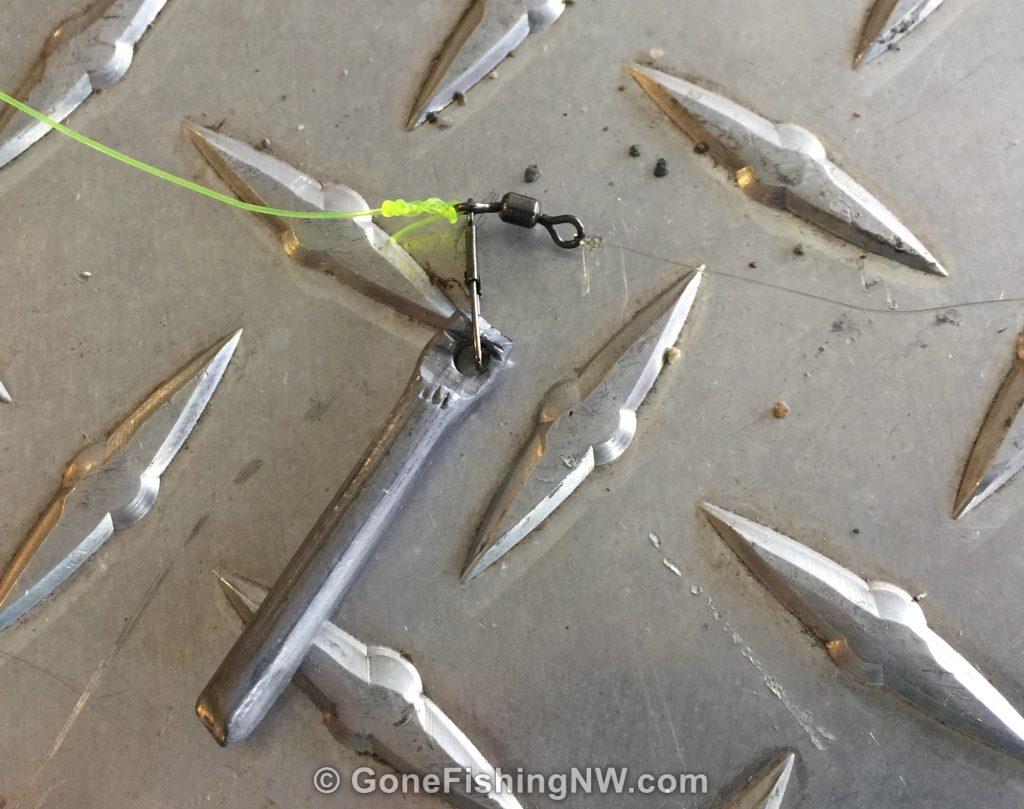
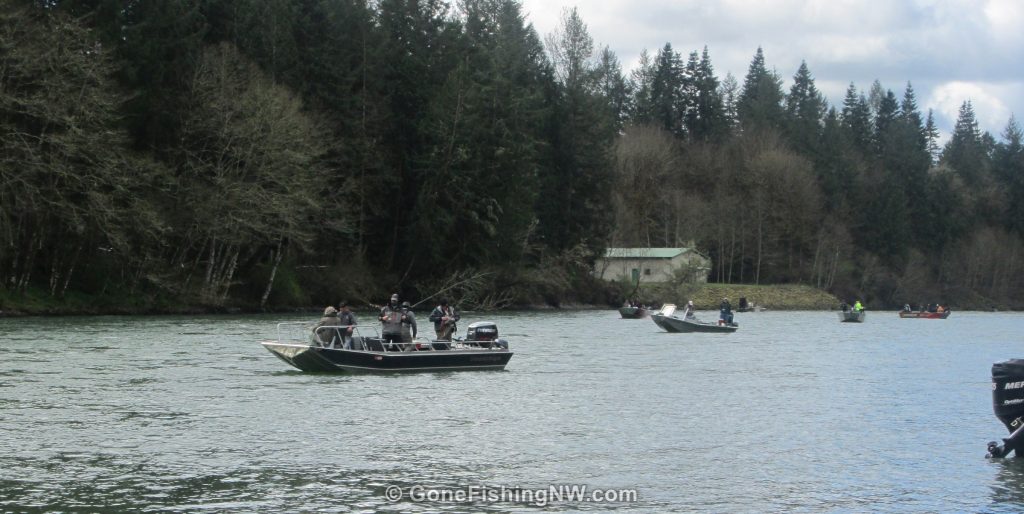
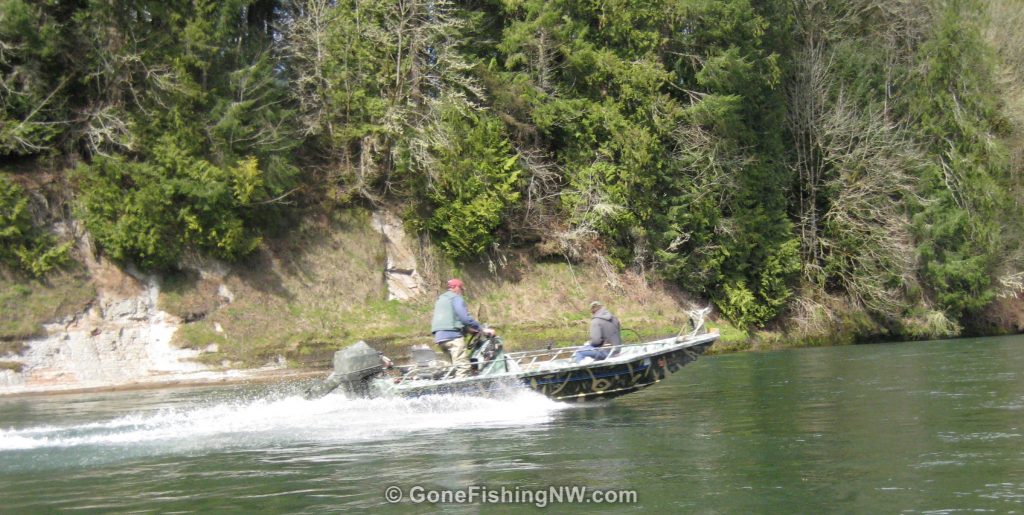
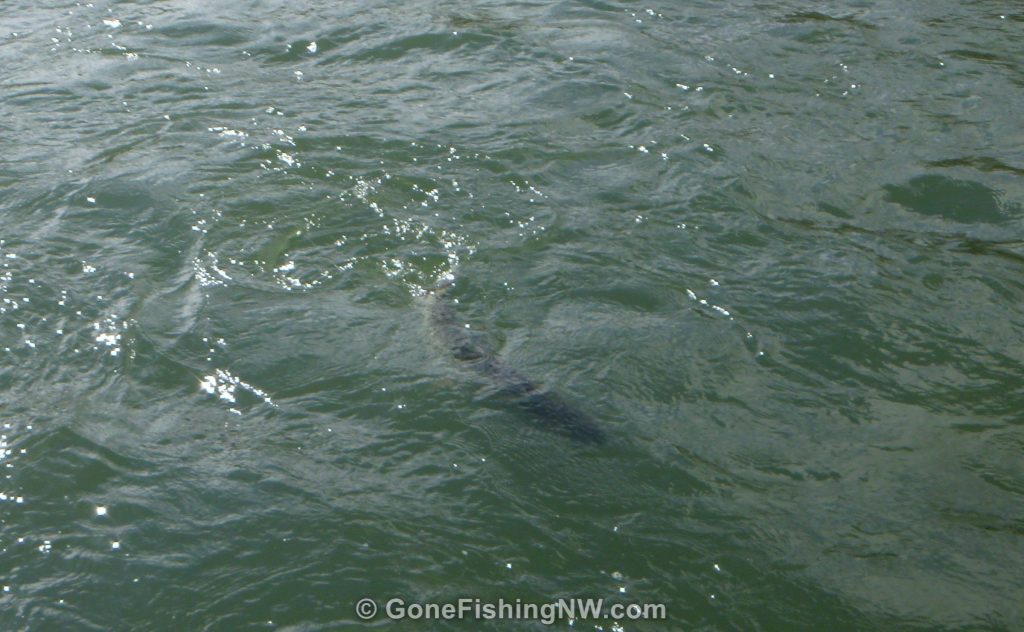
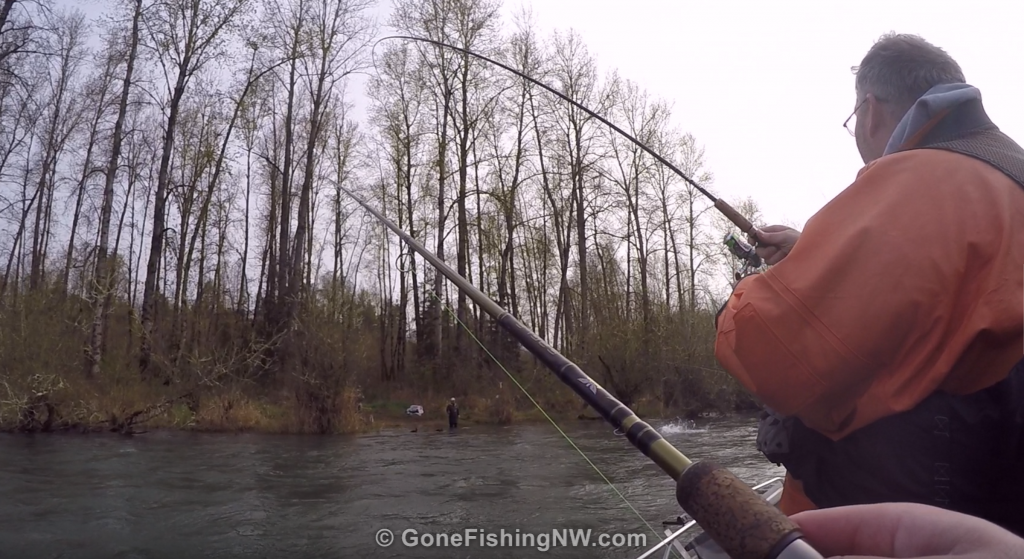

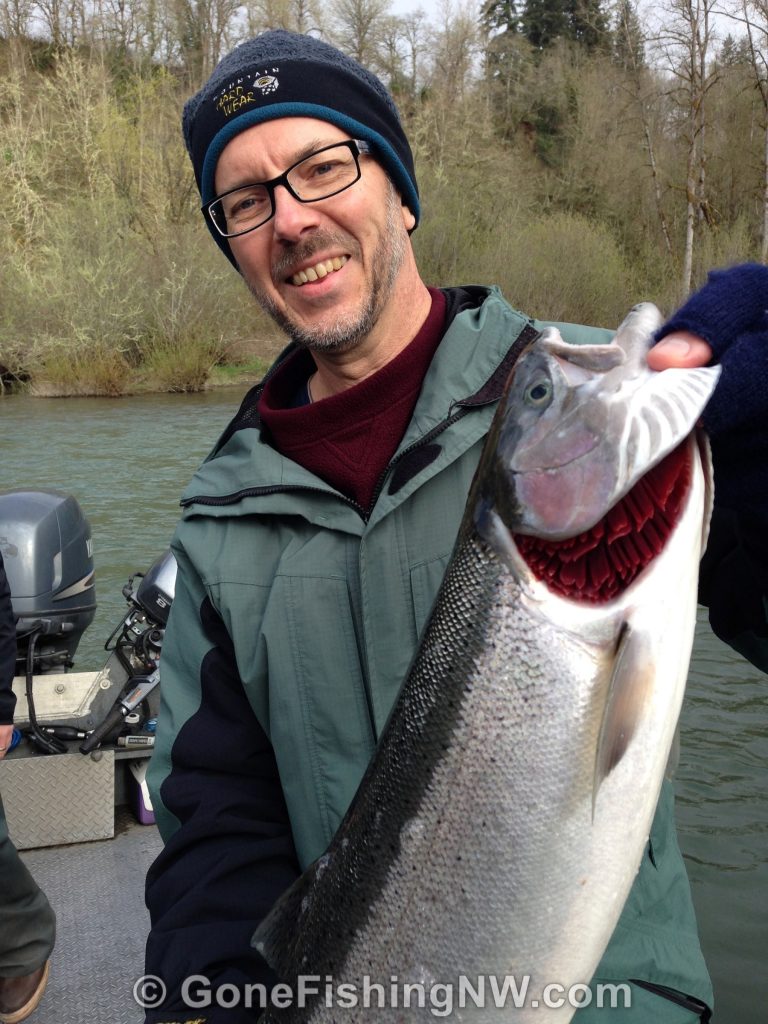

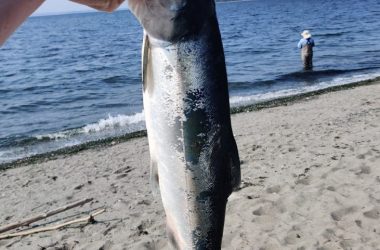
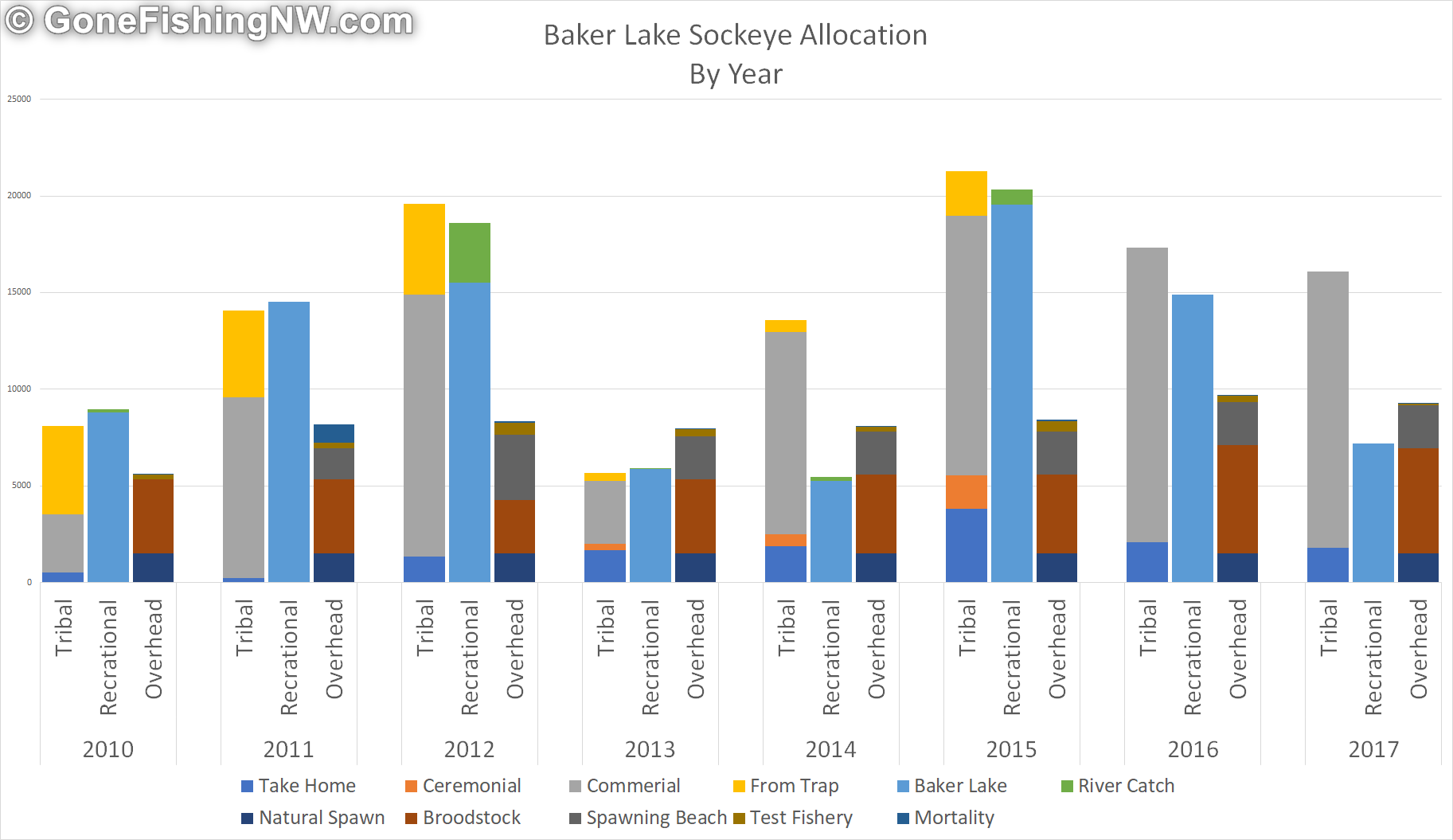
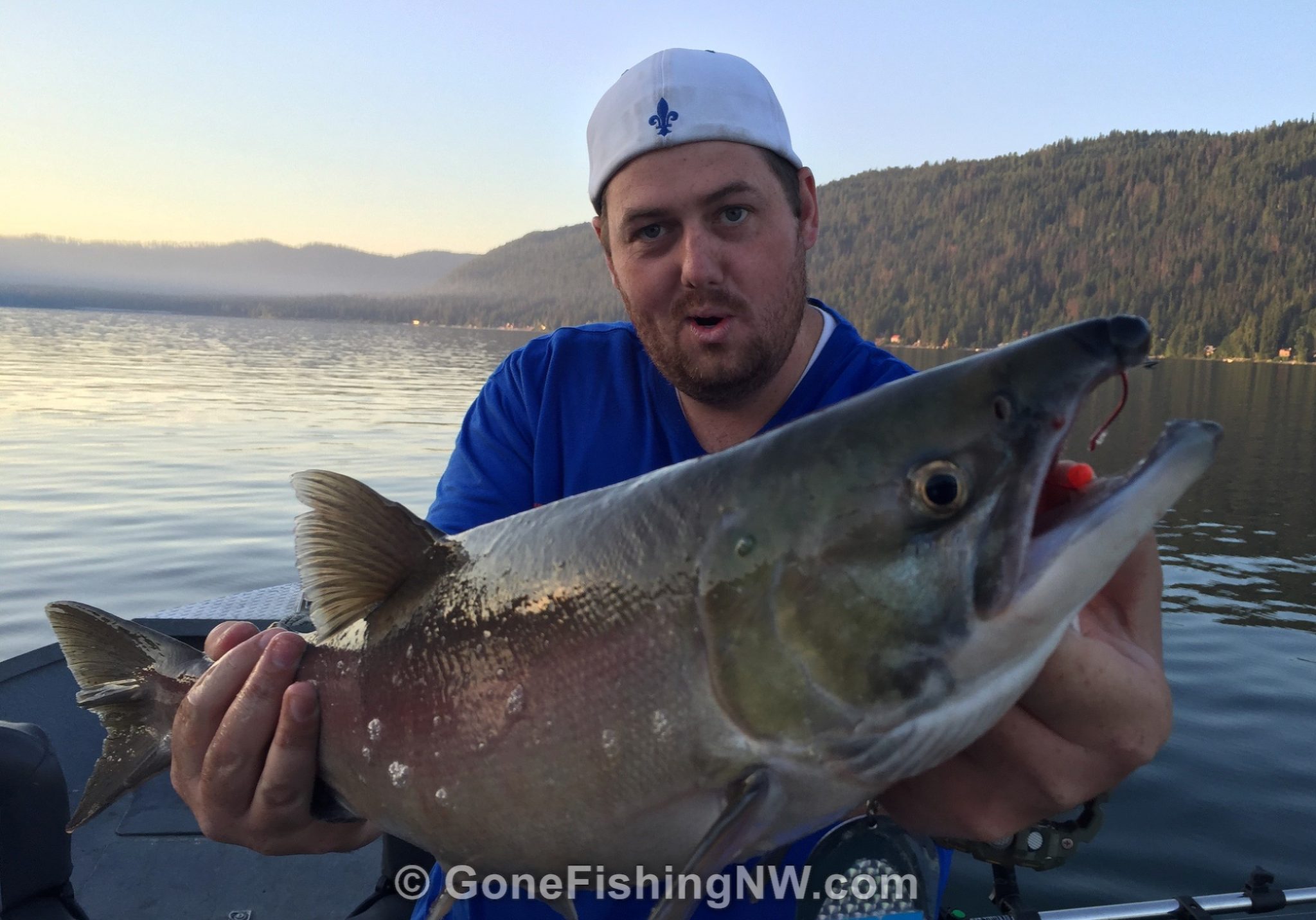
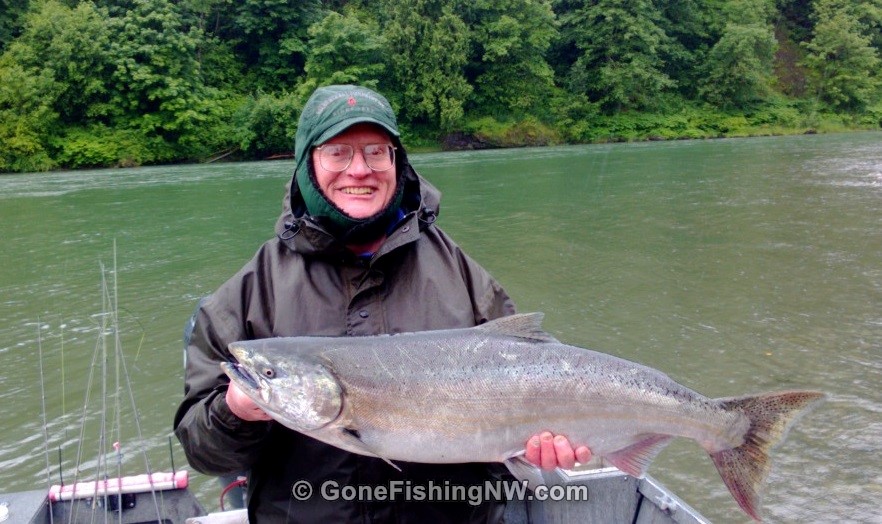
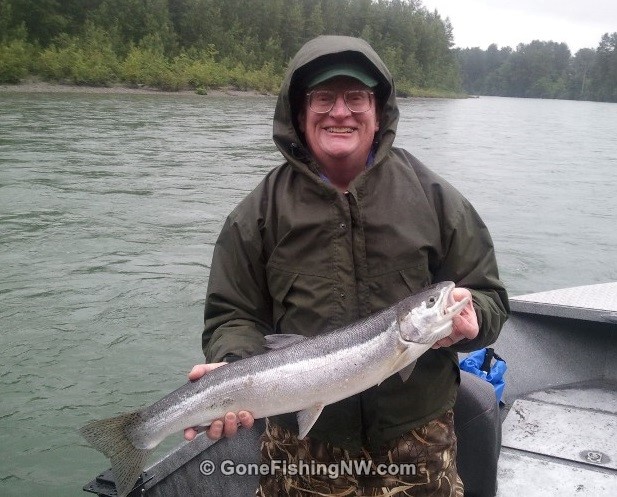
Comments are closed.